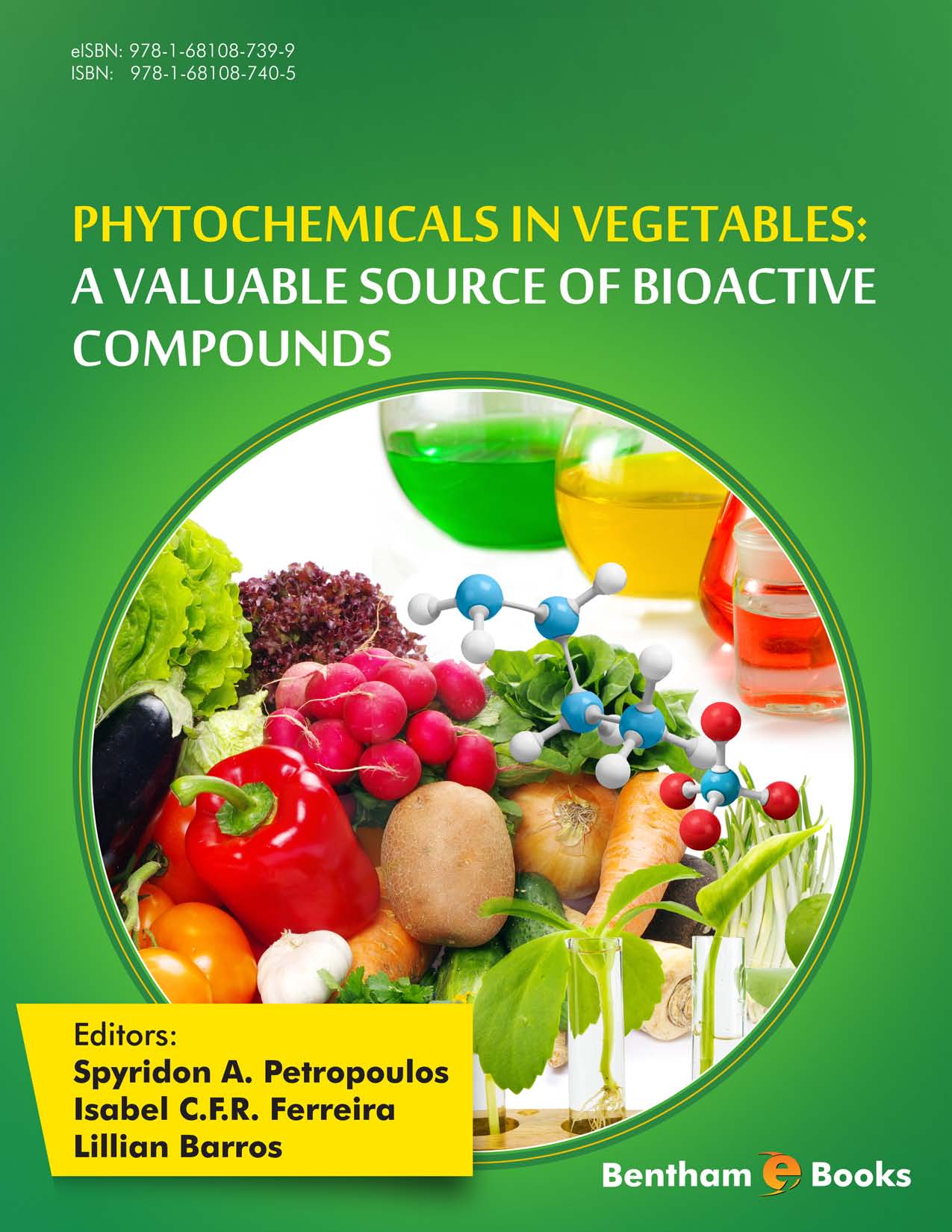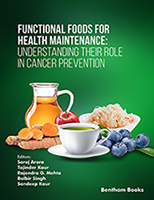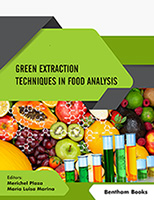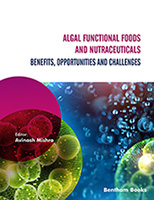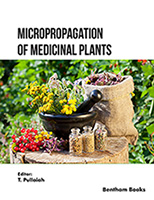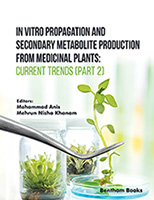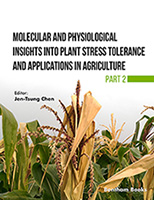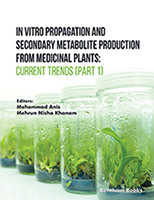Introduction
Phytochemical compounds are secondary metabolites that plants usually synthesize for their own protection from pests and diseases. Phytochemical biosynthesis is also triggered under specific environmental conditions. They cannot be classified as essential nutrients since they are not required at specific amounts for life sustenance. Phytochemicals in Vegetables: A Valuable Source of Bioactive Compounds presents information about the phytochemical (common and scarce) content of several cultivated vegetables, as well as their health and therapeutic effects based on in vitro, in vivo, animal and clinical studies. Chapters also cover recent research findings about their mode of action, bioavailabity, interactions with other biological matrices and pharmacokinetics. Moreover, the book gives special attention to the factors that may alter and modulate bioactive compound content, including both cultivation practices and post-harvest treatments that aim towards the production of high quality and healthy foods. Researchers, public health workers, consumers and members of the food industry will find this book to be a useful reference on the variety of phytochemicals present in vegetables.

